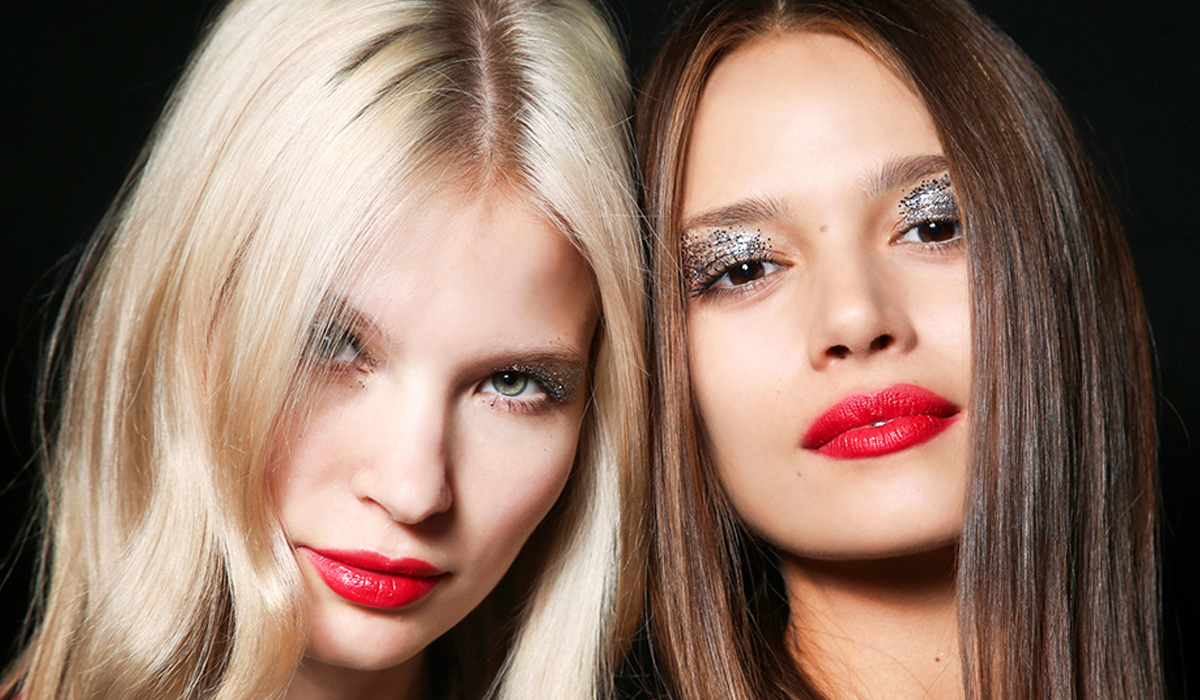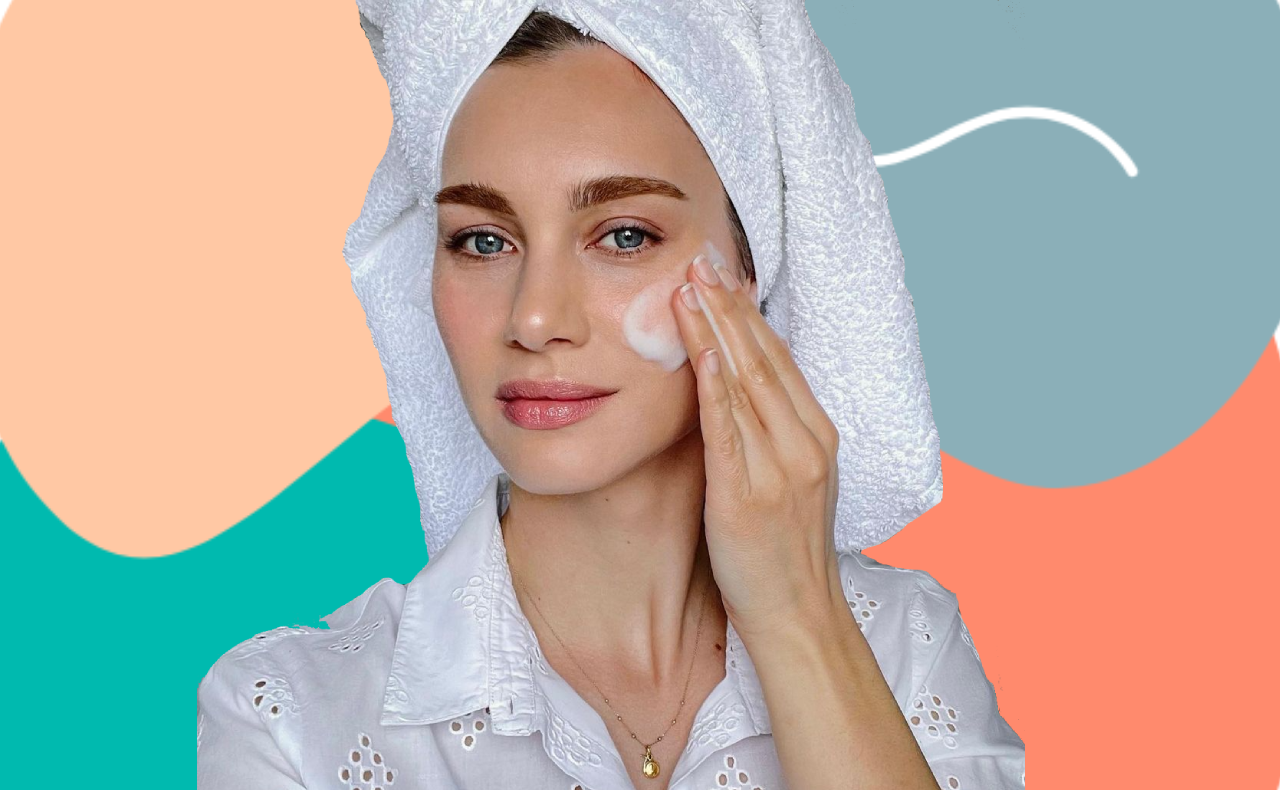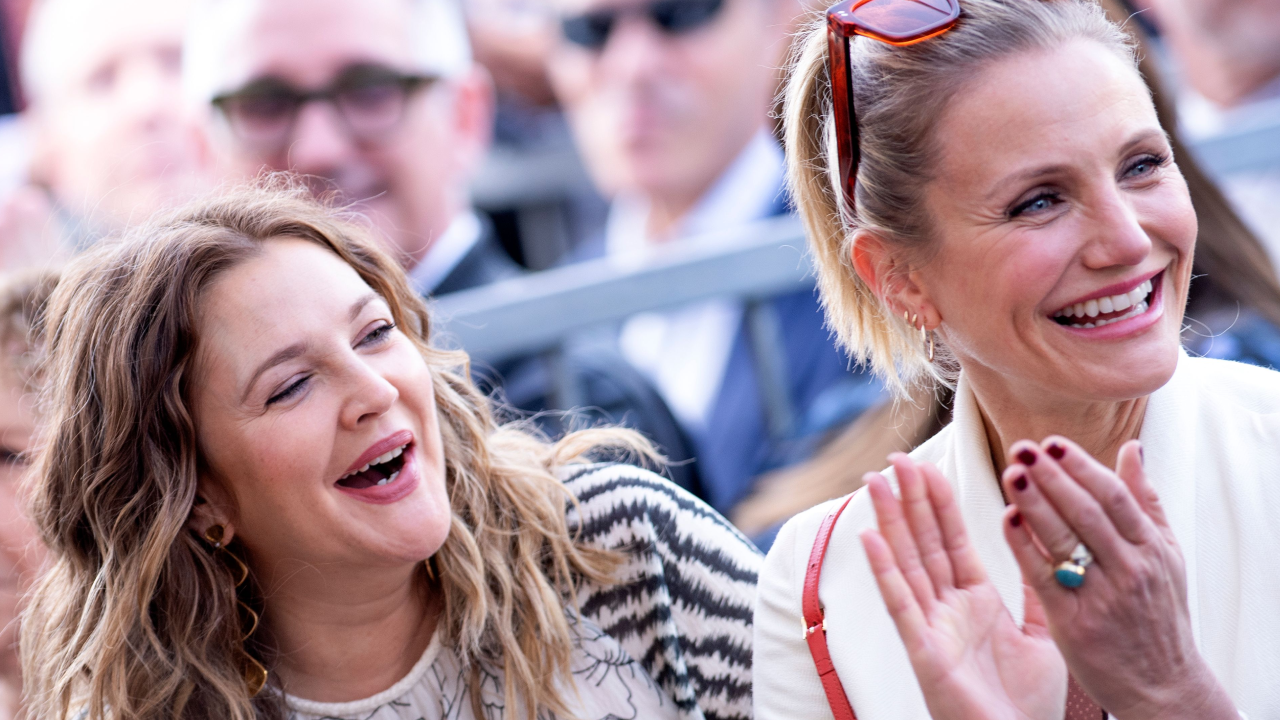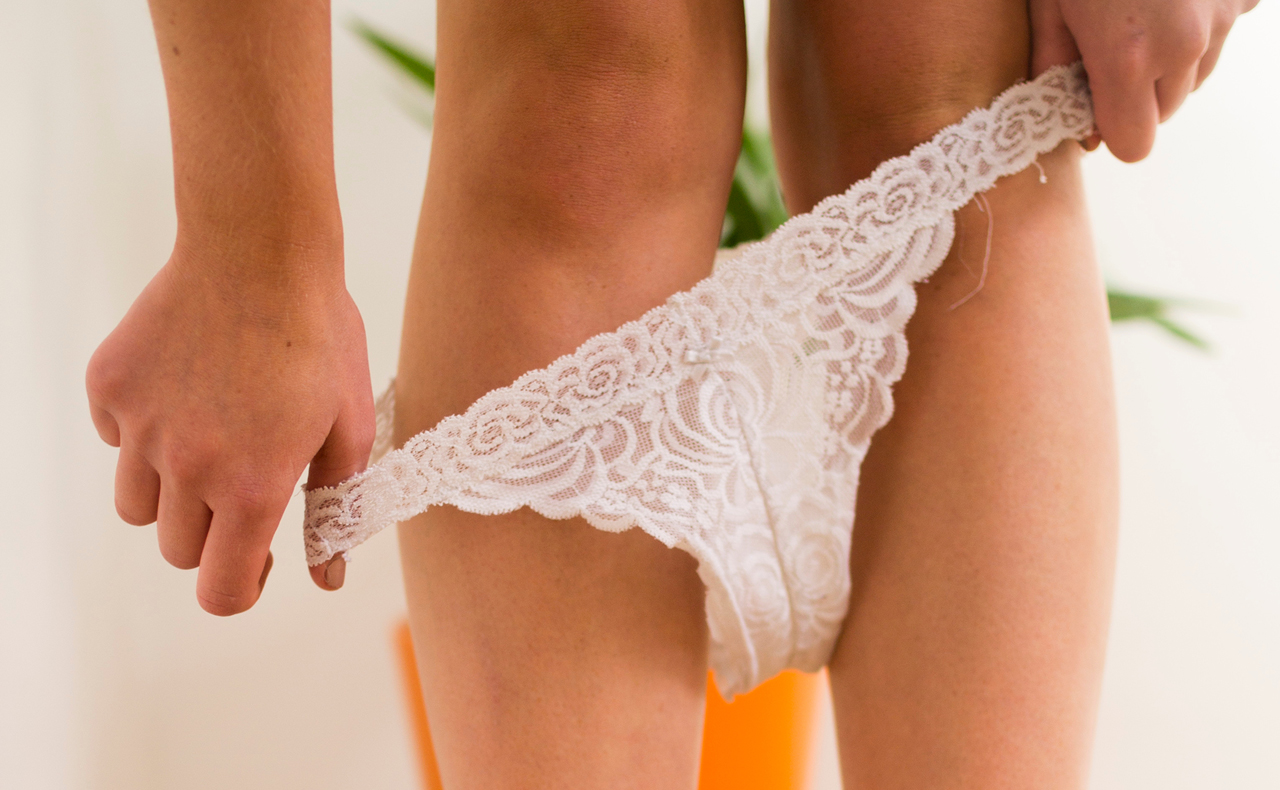Throughout the ages, women have gone to great lengths (pun intended) to get beautiful hair. The amount of damage women subjected their hair to was so severe, it’s little wonder they had anything left to pouffe!
RELATED: Beauty buzzwords and their meanings
RELATED: The A-Z of amazing hair oils
Thankfully, we’ve come a looong way since the days of gardening tools (yes, really), electric wave treatments and metal tongs. These days, our heat stylers have not only evolved physically, but scientifically, too. In a quest to better understand how the straighteners, curlers and blow-dryers of today are helping keep our locks intact, we spoke to a hair expert to get the scoop on the heat styling terminology you need to know.
RELATED: Beauty brand names explained
RELATED: The strange history of shampoo
IONIC TECHNOLOGY
“Ionic technology creates millions of negative ions, and this is added [into] hairdryers to help dry the hair faster by breaking down the water molecules,” says Mary Alamine, 2016 AHFAs NSW/ACT Hairdresser of the Year and VS Sassoon Hair Expert. This allows those negative ions, when released, to attach to positively charged ions found on wet hair, which in turn allows the hairdryer to lock moisture into the hair, to reduce static, damage and frizz as you’re drying.
POSITIVE AND NEGATIVE IONS
Ever wondered what positive and negative ions had to do with your hair? Quite a lot, actually. Here’s a fun fact: Everyone’s hair carries a positive electrical charge that is caused by damage and dryness. The more we damage our hair, the more positive charges it creates, which then results in static and frizz. To counteract these positive ions, straighteners and hairdryers create negative ions (ionic technology), which brings those positive charges under control, smoothing and closing the hair cuticles while locking in moisture.
Heat styling hair tools bh recommends for your hair….
Remington

Philips

ghd

VS Sassoon Curl Secret

EVY Professional InfusaLite Dryer





